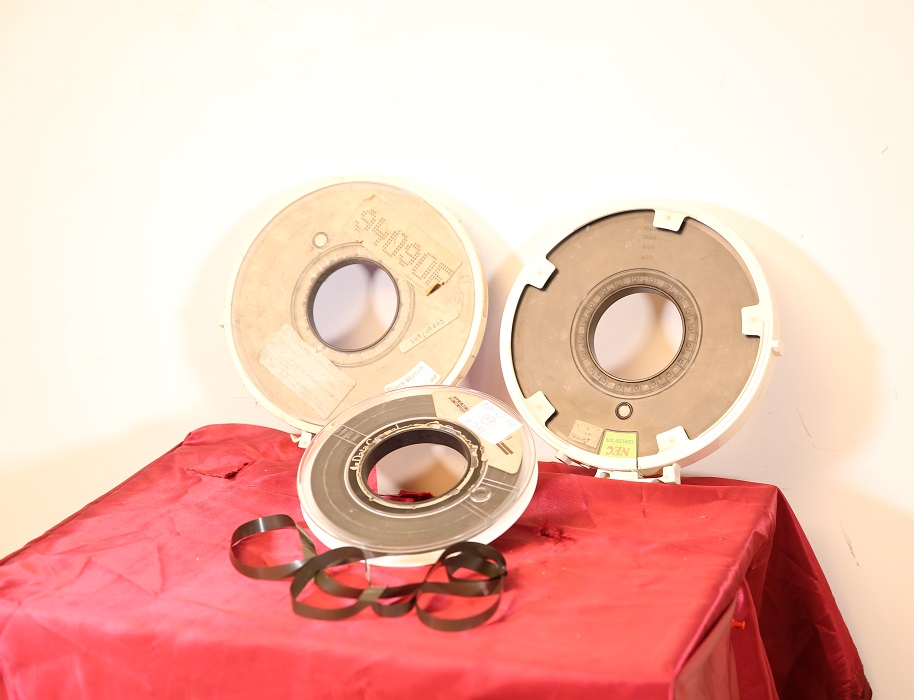- Manufacturer: IMB
- Title: IFSDATA
- Reel: 01
- Character Per Inch: 6250
Specifications
- Manufacturer: IMB
- Title: IFSDATA
- Reel: 01
- Step: TAPECOPY
- Created Date: 02/06/90
- Expiry Date: 03/08/98
- Density:1600
- Serial: 94090F
- Unit: 580
- Character Per Inch: 6250
Description
In 1964, with the introduction of the IBM System/360 mainframe, nine-track tape was introduced to support the new 8-bit characters. Before that half-inch tape had seven parallel tracks of data along the length of the tape. Also it had seven parallel tracks including six-bit characters plus one bit of parity.
Recording density increased over time and seven-track densities started at 200 six-bit characters per inch (CPI), then 556, and finally 800. Nine-track tapes had densities of 800 (using non-return-to-zero, inverted), then 1600 (using phase encoding), and finally 6250 (using group coded recording).
The end of a file was designated by a special recorded pattern called a tape mark, and end of the recorded data on a tape by two successive tape marks. The physical beginning and end of usable tape was indicated by reflective adhesive strips of aluminum foil placed on the back side (non-data side). 10 feet (3.0 m) from the beginning of the tape and 14 feet (4.3 m) from the end of the tape to facilitate signaling the hardware to prevent the tape from unwinding from the hubs. These reflective stickers established the beginning-of-tape (BOT) and end-of-tape (EOT) marks. Ten feet of leader and trailer tape was sufficiently long to allow the tape down and up the air columns and wrap around the hub a few times. The extra 4 feet in the trailer was to allow the operating system space to write a few blocks of data after the EOT mark to finalize the tape data segment in a multi-volume dataset. It was a common practice for operators to clip off a few inches of leader tape when it became frayed. If the leading reflective strip became detached from the tape it became very difficult to read the data since the BOT point of the dataset was no longer easily located and BOT orientation was nearly impossible.
Due to the success of the IBM System/360 mainframe, and the resultant standardization on 8-bit character codes and byte addressing, nine-track tapes were very widely used throughout the computer industry during the 1970s and 1980s. IBM no longer introduced reel-to-reel products beginning with its 1984 introduction of the cartridge based 3480 family.

